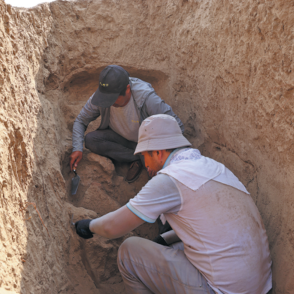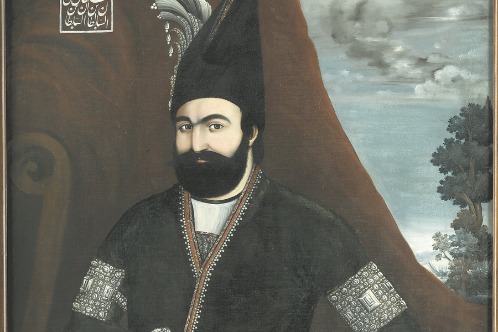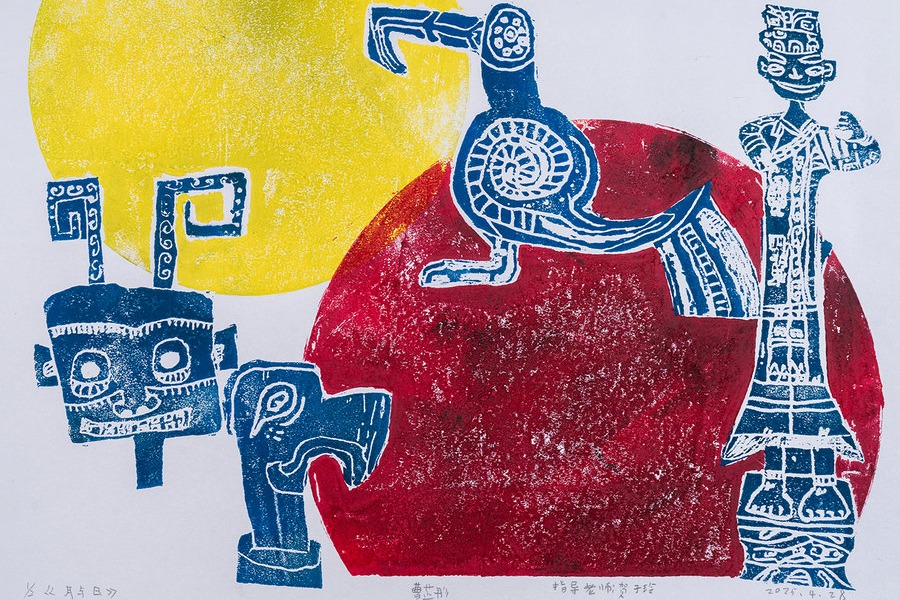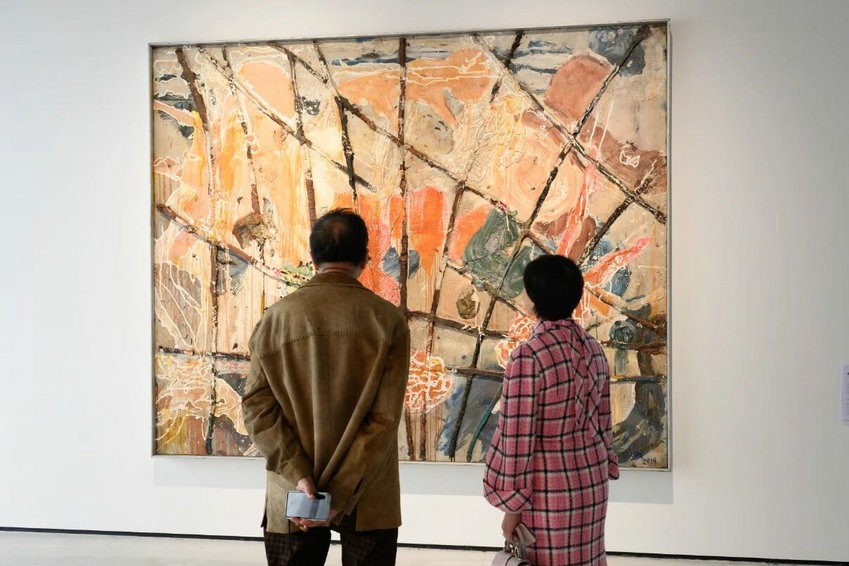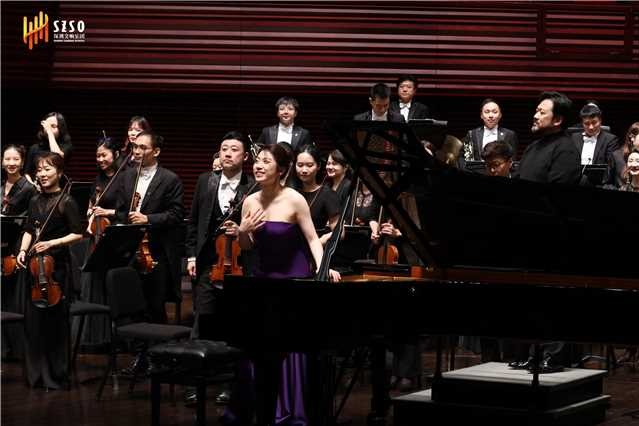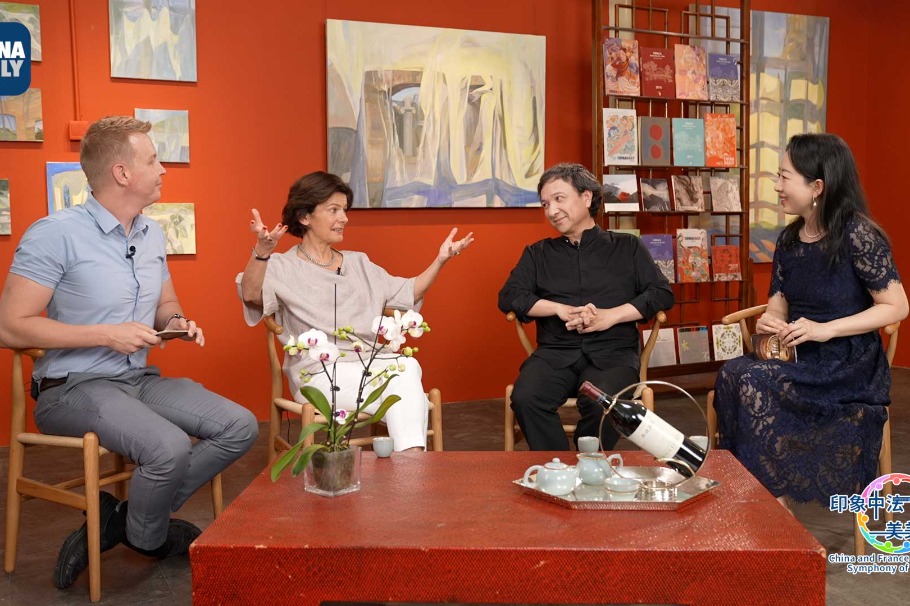Unearthing the secrets of a Central Asian crossroads
China-Uzbekistan joint excavations at ancient burial site point to the influences present in the Fergana Valley, Wang Ru reports.


This time, the scholars introduced a new method of box extraction to Uzbekistan. This is the process in which a custom-sized box is placed around an artifact to extract it along with the surrounding soil intact for careful cleaning in a laboratory.
"We believe laboratories provide a better environment and the conditions necessary for the careful cleaning and excavation of important artifacts. In laboratories, we can better protect artifacts from potential damage during the recovery process, thereby extracting more valuable information from these historical items," says Liu.
The Uzbekistani scholars had initial doubts about the technique, but after seeing its effectiveness, they embraced it.
"If using a Luoyang Shovel (a curved spade) to identify soil structure is a traditional technique of Chinese archaeologists, then box extraction and cleaning indoors is an important technique of modern Chinese archaeology. Uzbekistani archaeologists have an edge in their knowledge of materials. Our edge lies in our work methods and techniques. We worked together, discussed things, and gave full play to each other's strengths. In this way, we were able to work better together," says Liu.
Anarbaev Abdulxamidjon, an academic at the Academy of Sciences of the Republic of Uzbekistan, told Xinhua News Agency that the concepts, methods, and techniques demonstrated by Chinese scholars in preventive protection, box extraction, and indoor cleaning have not only contributed to field excavations in Uzbekistan, especially when it comes to enhancing the level of on-site cultural heritage preservation, but have also illustrated the new achievements of China's archaeological techniques to the world.


